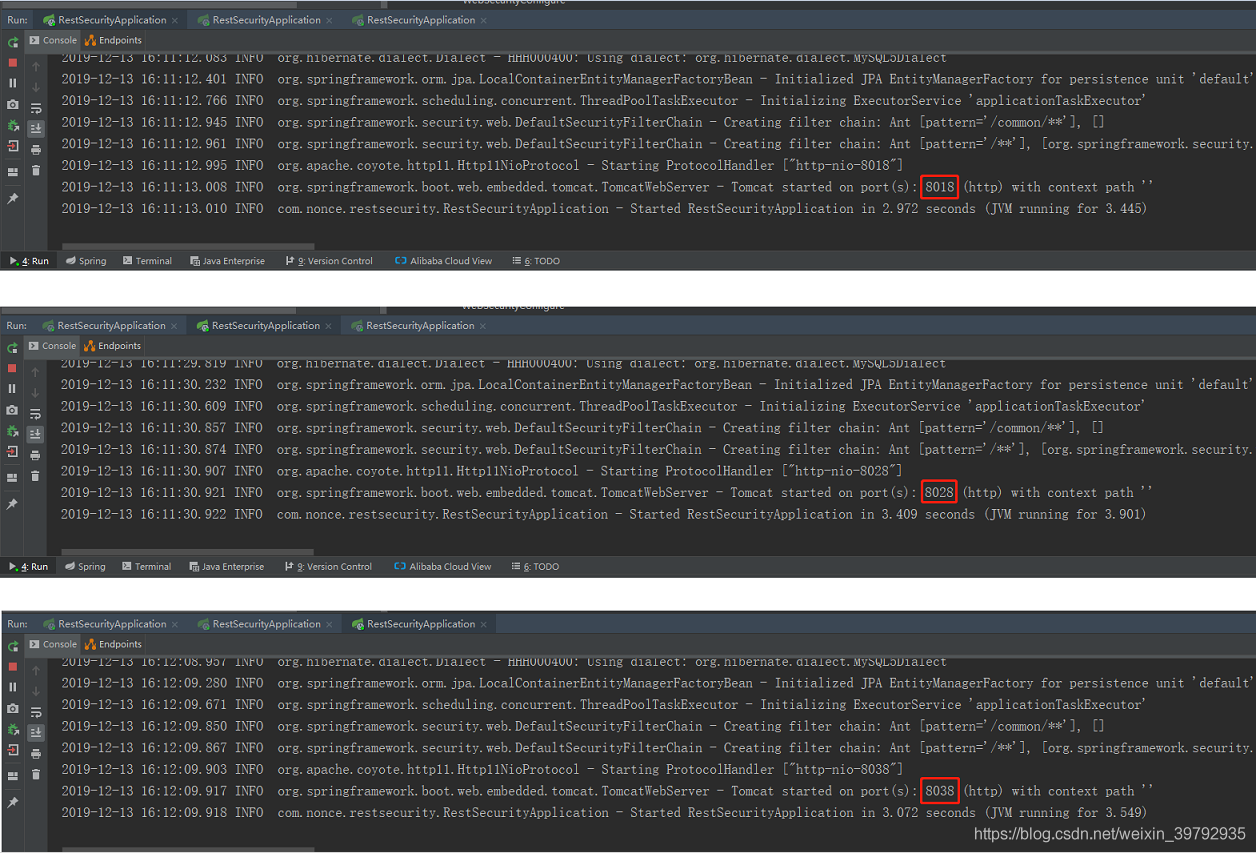偶然看到正面这篇文章:https://blog.nelhage.com/2010/10/amd64-and-va_arg/
发现使用可变参数的时候会有个坑:i386和amd64架构 它们获取可变参数的方式是不同的。
Amd64 and Va_arg
OCT 3RD, 2010
A while back, I was poking around LLVM bugs, and discovered, to my surprise, that LLVM doesn't supportthe va_arg intrinsic, used by functions to accept multiple arguments, at all on amd64. It turns out that clang and llvm-gcc, the compilers that backend to LLVM, have their own implementations in the frontend, so this isn't as big a deal as it might sound, but it was still a surprise to me.
Figuring that this might just be something no one got around to, and couldn't actually be that hard, I pulled out my copy of the amd64 ABI specification, figuring that maybe I could throw together a patch and fix this issue.
Maybe half an hour of reading later, I stopped in terror and gave up, repenting of my foolish ways to go work on something else. va_arg on amd64 is a hairy, hairy beast, and probably not something I was going to hack together in an evening. And so instead I decided to blog about it.
The problem: Argument passing on amd64
On i386, because of the dearth of general-purpose registers, the calling convention passes all arguments on the stack. This makes the va_arg implementation easy – A va_list is simply a pointer into the stack, and va_arg just adds the size of the type to be retrieved to the va_list, and returns the old value. In fact, the i386 ABI reference simply specifies va_arg in terms of a single line of code:
#define va_arg(list, mode) ((mode *)(list = (char *)list + sizeof(mode)))[-1]
On amd64, the problem is much more complicated. To start, amd64 specifies that up to 6 integer arguments and up to 8 floating-point arguments are passed to functions in registers, to take advantage of amd64's larger number of registers. So, for a start, va_arg will have to deal with the fact that some arguments may have been passed in registers, and some on the stack.
(One could imagine simplifying the problem by stipulating a different calling convention for variadic functions, but unfortunately, for historical reasons and otherwise, C requires that code be able to call functions even if their prototype is not visible, which means the compiler doesn't necessarily know if it's calling a variadic function at any given call site. [edited to add: caf points out in the comments that C99 actually explicitly does not require this property. But I speculate that the ABI designers wanted to preserve this property from i386 because it has historically worked, and so existing code depended on it]).
That's not all, however. Not only can integer arguments be passed by registers, but small structs (16 bytes or fewer) can also be passed in registers. A sufficiently small struct, for the purposes of the calling convention, is essentially broken up into its component members, which are passed as though they were separate arguments – unless only some of them would fit into registers, in which case the whole struct is passed on the stack.
So va_arg, given a struct as an argument, has to be able to figure out whether it was passed in registers or on the stack, and possibly even re-assemble it into temporary space.
The implementation
Given all those constraints, the required implementation is fairly straightforward, but incredibly complex compared to any other platform I know of.
To start, any function that is known to use va_start is required to, at the start of the function, save all registers that may have been used to pass arguments onto the stack, into the "register save area", for future access by va_start and va_arg. This is an obvious step, and I believe pretty standard on any platform with a register calling convention. The registers are saved as integer registers followed by floating point registers. As an optimization, during a function call, %rax is required to hold the number of SSE registers used to hold arguments, to allow a varargs caller to avoid touching the FPU at all if there are no floating point arguments.
va_list, instead of being a pointer, is a structure that keeps track of four different things:
typedef struct {unsigned int gp_offset;unsigned int fp_offset;void *overflow_arg_area;void *reg_save_area;
} va_list[1];
reg_save_area points at the base of the register save area initialized at the start of the function. fp_offsetand gp_offset are offsets into that register save area, indicating the next unused floating point and general-purpose register, respectively. Finally, overflow_arg_area points at the next stack-passed argument to the function, for arguments that didn't fit into registers.
Here's an ASCII art diagram of the stack frame during the execution of a varargs function, after the register save area has been established. Note that the spec allows functions to put the register save area anywhere in its frame it wants, so I've shown potential storage both above and below it.
| ... | [high addresses]
+----------------+
| argument |
| passed |
| on stack (2) |
&#43;----------------&#43; <---- overflow_arg_area
| argument |
| passed |
| on stack (1) |
&#43;----------------&#43;
| return address |
&#43;----------------&#43;
| ... | (possible local storage for func)
&#43;----------------&#43;
| %xmm15 | \
&#43;----------------&#43; |
| %xmm14 | | ___
&#43;----------------&#43; | |
| ... | \ register
&#43;----------------&#43; }save|
| %xmm0 | / area|
&#43;----------------&#43; | |
| %r9 | | |
&#43;----------------&#43; | | fp_offset
| %r8 | | ___ |
&#43;----------------&#43; | | |
| ... | | | |
&#43;----------------&#43; | | gp_offset
| %rsi | | | |
&#43;----------------&#43; | | |
| %rdi | / | |
&#43;----------------&#43; <----&#43;--&#43;--- reg_save_area
| ... | (potentially more storage)
&#43;----------------&#43; <----------- %esp
| ... | [low addresses]
Because va_arg must tell determine whether the requested type was passed in registers, it needs compiler support, and can&#39;t be implemented as a simple macro like on i386. The amd64 ABI reference specifies va_arg using a list of eleven different steps that the macro must perform. I&#39;ll try to summarize them here.
First off, va_arg determines whether the requested type could be passed in registers. If not, va_argbehaves much like it does on i386, using the overflow_arg_area member of the va_list (Plus some complexity to deal with alignment values).
Next, assuming the argument can be passed in registers, va_arg determines how many floating-point and general-purpose registers would be used to pass the requested type. It compares those values with the gp_offset and fp_offset fields in the va_list. If the additional registers would cause either value to overflow the number of registers used for parameter-passing for that type, then the argument was passed on the stack, and va_arg bails out and uses overflow_arg_area.
If we&#39;ve made it this far, the argument was passed in registers. va_arg fetches the argument using reg_save_area and the appropriate offsets, and then updates gp_offset and fp_offset as appropriate.
Note that if the argument was passed in a mix of floating-point and general-purpose registers, or requires a large alignment, this means that va_arg must copy it out of the register save area onto temporary space in order to assemble the value.
So, in the worst case, va_arg on a type that embeds both a floating-point and an integer type must do two comparisons, a conditional branch, and then update two fields in the va_list and copy multiple values out of the register save area into a temporary object to return. That&#39;s quite a lot more work than the i386 version does. Note that I don&#39;t mean to suggest this is a performance concern – I don&#39;t have any benchmarks to back this up, but I would be shocked if this is measurable in any reasonable code. But I was surprised by how complex this operation is.










 京公网安备 11010802041100号
京公网安备 11010802041100号